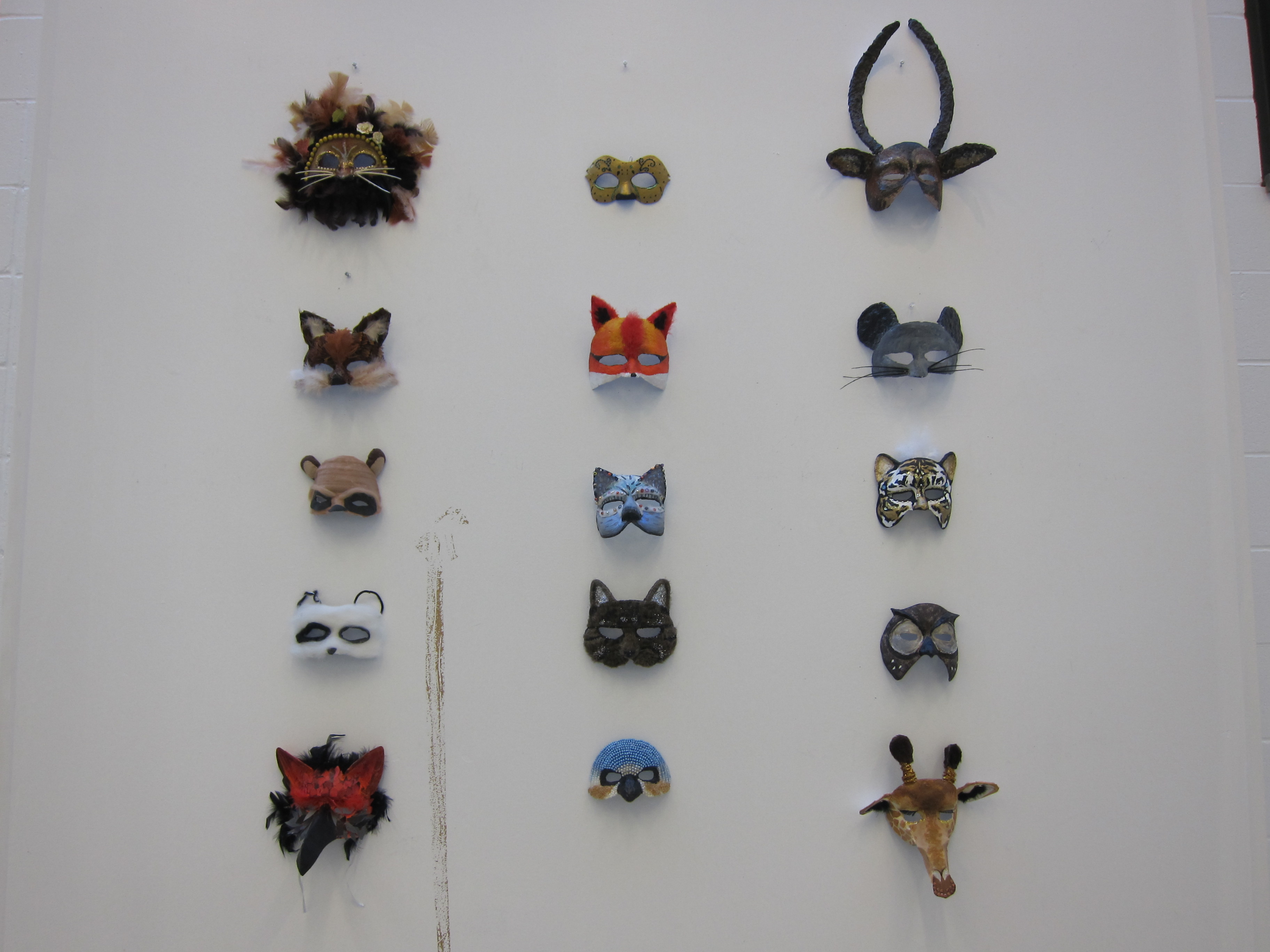In several of my classes, writing my lesson plans, I began to forget about questioning. Perhaps I was getting too comfortable with questioning techniques – maybe I felt that I could come up most of my central questions on the daily class topics on the spot. Possibly, my lessons were more ‘work time’ oriented and I lost focus on the questioning that supports introducing concepts. In any case, this week was a good time to continue implementing preplanned questioning in my lessons as I was feeling pretty sick and listless. The preplanning was integral to allowing the class to run more smoothly while my mind was running a little more slowly.
Being sick this week also allowed me to think more about using more than just my voice to establish order in the classroom. My throat was feeling awful, and every time I had to give instructions, I was reminded of how using other tools like lights, gestures, noise-making devices, etc., would be awesome.
Goals for coming back after the March Break include testing out some of those tools in classroom management, reworking my rubrics and criteria lists so that they are all in order for upcoming assignments, and of course, catching up on lesson planning (and sleep).
